Mozambique: Gemfields achieves $31.7 million in June ruby auction
Mozambique steps up graphite production with Niassa’s Nipepe operation
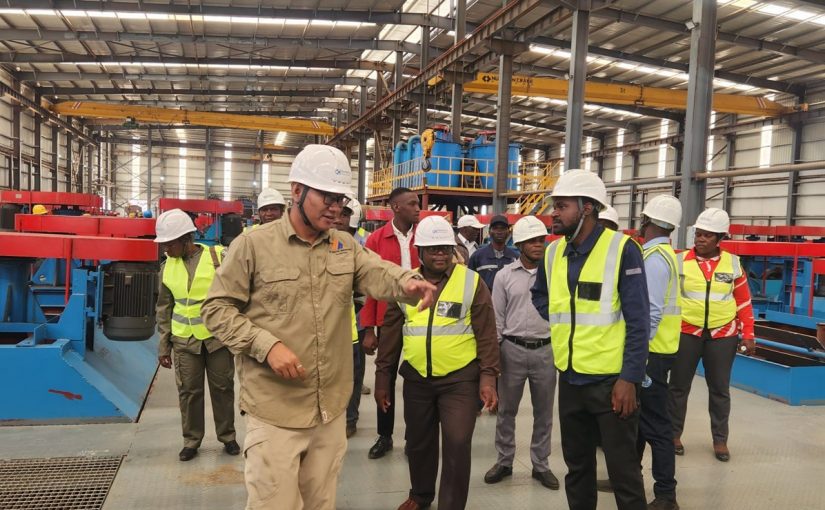
Photo: Ikweli
Authorities in Nipepe, in Niassa, are hoping for a boost in local development with the start of new graphite extraction and processing activities, a material used in electric car batteries.
“It’s been a long time coming and in some ways it could have been a bit of a delay, but the day has come. It will show and give Mozambicans greater hope that those thousand job openings can be created, because the company promised that there would be hope of employing a good number of young people,” the administrator of the Nipepe district, Sérgio Igua, told Lusa.
This is the first graphite processing operation in the province of Niassa, northern Mozambique, which started on May 5 with an initial production capacity of 100,000 tons per year, a quantity that should double after the completion of the second line.
Graphite mining in that region is the responsibility of the Chinese company DH Mining Development Limited, which plans to invest more than 1.97 billion meticais (€27.3 million) in production operations.
The expectation is to increase employment in the district, which has around 56,000 inhabitants, mainly locals, to avoid conflicts. As explained by administrator Sérgio Igua: “We are not saying that they should not employ others, yes they should, but taking into account the young natives, because they have often created noise for those who do not understand how things work.”
DH Mining Development will export the graphite first by transporting it by land from Nipepe to the port of Nacala in Nampula province, and then by sea.
In Muichi, which includes this extraction area, reserves are estimated at eight million tons of graphite, according to data from DH Mining Development, which guarantees that confirmed reserves of the same material in the entire province of Niassa amount to 50 million tons.
READ: Mozambique: Nyusi calls for investment in primary processing – Watch
Mozambique: Graphite boosts economy in Nipepe, Niassa
Graphite production in Mozambique, for electric car batteries, fell by 64% in 2024, to 34,899 tons, one of the lowest records in recent years, according to government data previously reported by Lusa.
According to the Ministry of Finance’s budget execution report for 2024, the reduction, which corresponds to just 11% of the target of 329,040 tons of graphite set for the entire year, was mainly due to the suspension of activities at the GK Ancuabe Graphite Mine in 2023.
“As well as the suspension of activities by the company Twigg Mining and Exploration [of the Australian group Syrah], due to the introduction of synthetic graphite into the international market, combined with labour problems at the company that culminated in the suspension of mining operations,” the document reads.
Mozambique produced 97,346 tons of graphite in 2023 and a peak of 165,932 tons the previous year, according to government data.
The graphite extracted from the Balama mine in Mozambique by the Australian mining company Syrah will be used from 2026 in the batteries of the American electric car manufacturer Lucid, considered one of the most advanced in the world.
According to information provided to the markets by Syrah, this is a three-year agreement involving Sirah’s Vidalia factory in the US, which in turn is powered by graphite extracted in northern Mozambique, providing for the supply, over three years, of 7,000 tons of natural graphite.


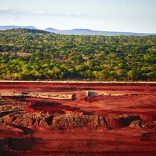
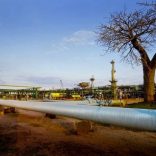
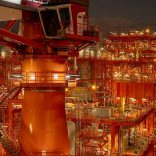



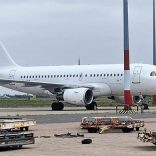


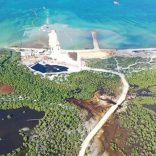

Leave a Reply
Be the First to Comment!
You must be logged in to post a comment.
You must be logged in to post a comment.